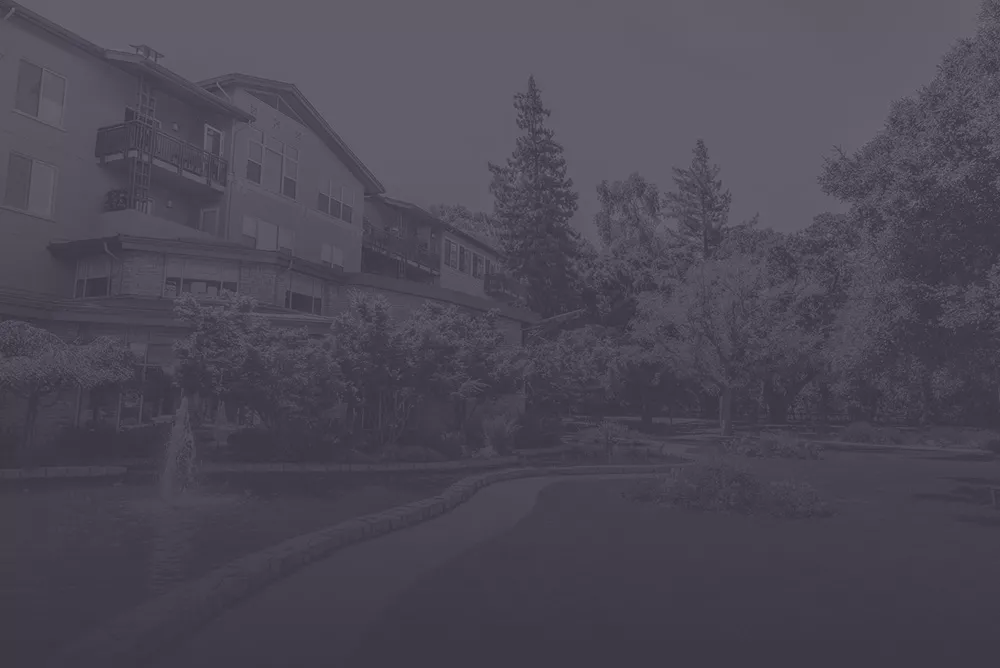The skilled nursing industry dodged a bullet in 2017 when comprehensive Medicaid reform failed, but key industry leaders warn that the outcome of the fall elections could revive the $800 billion threat to SNFs’ bottom lines.
Should Republicans hold onto their control of Congress in the upcoming midterms, leaders may take another run at Medicaid funding, according to Clifton Porter, executive vice president of government relations for the American Health Care Association.
“If Republicans were to win and hold, Medicaid could be a threat again,” Porter said during a government relations update at AHCA’s annual conference and exposition in San Diego on Tuesday morning. “2017 was not fun. It was probably the most difficult lobbying we’ve ever had.”
During the summer of 2017, Congressional Republicans came close to pulling off a complete overhaul of the Affordable Care Act. Part of that plan would have seen Medicaid’s current open-ended funding structure replaced with per-capita caps: Instead of reimbursements based on patient needs, states would receive a set amount of Medicaid funding per enrollee. That shift, along with general reduced coverage, would have slashed anywhere from $772 billion to more than $800 billion from Medicaid funding through 2026, depending on the estimate.
AHCA and other health care advocacy groups were successful in educating the public and legislators about the wide-ranging effects of such a plan. Despite perception of Medicaid as a welfare benefit for lower-income Americans, the program represents the largest single payor for nursing home services in the United States, and such a significant cut would have placed extreme pressure on operators as they struggle with other reimbursement issues and regulatory headwinds.
“We came pretty close to having $800 billion sucked out of the Medicaid program. I don’t care how you cut it, how you package it … at the end of the day, there would have been problems,” Porter said.
Porter praised the late Sen. John McCain, who famously gave the thumbs-down to the health care reform bill and helped to end the threat to skilled nursing providers. But just because that effort failed doesn’t mean that an emboldened GOP could take another run at Medicaid after the midterm elections — though Porter was quick to note that a Democratic House and a Republican Senate are the most likely outcomes of the coming vote.
That’s a positive situation for the skilled nursing industry, Porter said, as it provides a moderating influence on the issues that affect providers the most.
“Republicans want to cut your jugular vein. And it’s called Medicaid. The Democrats want to cut your femoral artery. It’s called more regulation,” he said.
But when both parties are forced to share power, those existential threats to providers moderate, and industry advocates on Capitol Hill have room to negotiate.
“It’s good to have some check and some balance there where each is keeping the other honest on the issues that are important to us,” he said.
Under a Democratic House, providers could see more emphasis on workforce issues in long-term health care, according to AHCA vice president Kim Zimmerman.
“Democrats are also very focused on workforce, and given that our workforce tends to be very female-heavy, a lot of working moms — these are people that Democrats tend to want to help, and given the challenges that we have with our workforces, that’s an area that we see we can work with them on,” Zimmerman said.
A split government also ensures no further action on Medicaid as long as the Democrats control a chamber, she added.
“Democrats remained 100% united against any kind of repeal and replace effort, and when you think about the Democratic caucus, particularly in the Senate, that is no small feat,” Zimmerman said.
Going forward, Porter emphasized the importance of fighting to demonstrate why skilled nursing facilities need additional funding from the government and other payors, including Medicare Advantage. He praised Congress for implementing the 2.4% Medicare market basket increase, but noted that some legislators might see that as an unnecessary boost in a climate that has seen headline woes for nursing homes and a growing preference for lower-cost home health care.
Porter specifically cited a recent report from accounting and advisory firm CliftonLarsonAllen, which found that the median skilled nursing facility in the United States has an operating margin of 0%.
“So 2.4% ain’t enough at the end of the day, but we have to protect against the perception that we’re overpaid,” he said.
Written by Alex Spanko



